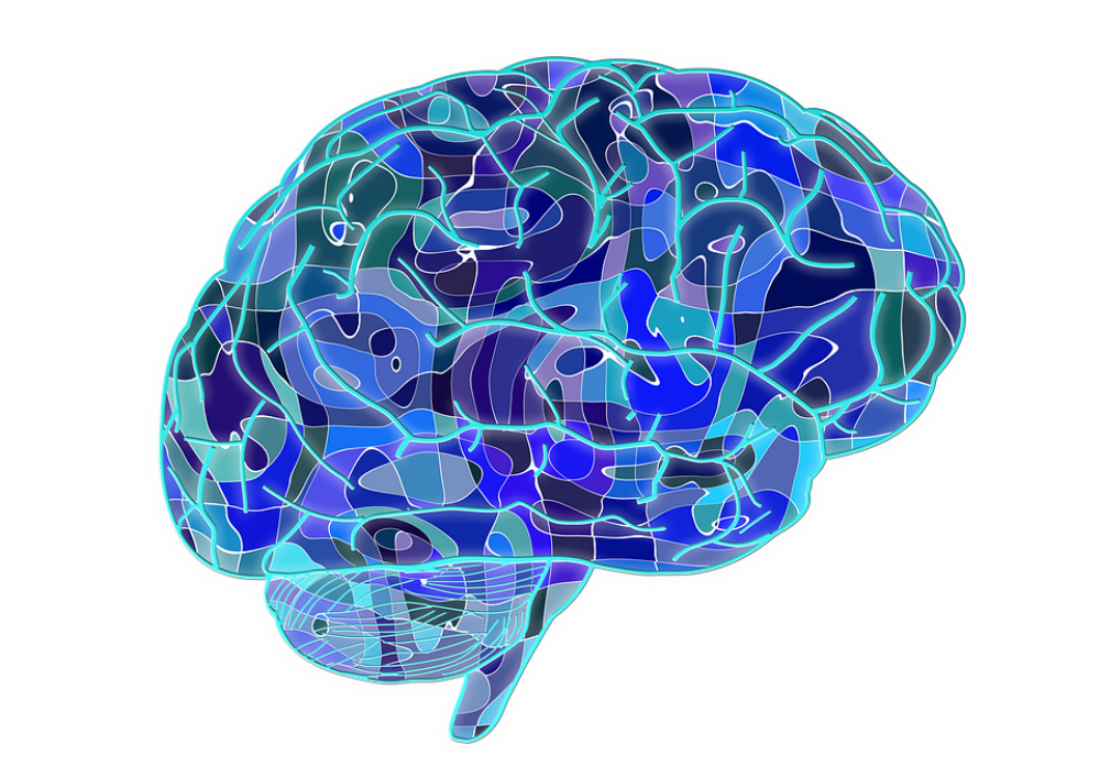
IARPA
Harvard University has been given $28M by the Intelligence Advanced Projects Activity (IARPA) to study why the human brain is significantly better at learning and retaining information than artificial intelligence (AI). The investment into this study could potentially help researchers develop AI that’s faster, smarter, and more like human brains.
Despite computers having significantly improved storage capacity, an AI’s ability to recognize basic patterns and learn new information still fails to keep up with the human brain (by a long shot).
Scientists believe that a human’s brain capacity can range from anywhere between 10 to 100 terabytes; limited though that may seem, it makes up for it in functionality.
For example, a human being only needs to look a particular object a few times before it starts to recognize it, while an AI system will need to process hundreds (or even thousands) of the same before it can effectively recall the information.
On the flipside, despite the human brain’s ability for functionality, it is unable to process the same volume of data as machines. You can learn more about the nature of AI in the video below.

The Human Brain
The new study hopes to figure out how neurons inside the brain work with each other in order to understand and deliver accurate and complex AI systems. With this, it hoped that the researchers will be able to create a computer that can interpret, analyze, and process information with the same efficiency as human beings.
Potential applications for the technology could see machines easily managing network invasions or reading MRIs; it could also improve autonomous driving technology andhelp with the automation of various other tasks previously only capable by humans.
To complete the project, scientists estimate generating about a petabyte of data.
“The pattern-recognition and learning abilities of machines still pale in comparison to even the simplest mammalian brains,” said Hanspeter Pfister, professor of computer science at Harvard.
“The project is not only pushing the boundaries of brain science, it is also pushing the boundaries of what is possible in computer science. We will reconstruct neural circuits at an unprecedented level from petabytes of structural and functional data. It requires us to make new advances in data management, high-performance computing, computer vision and network analysis”.